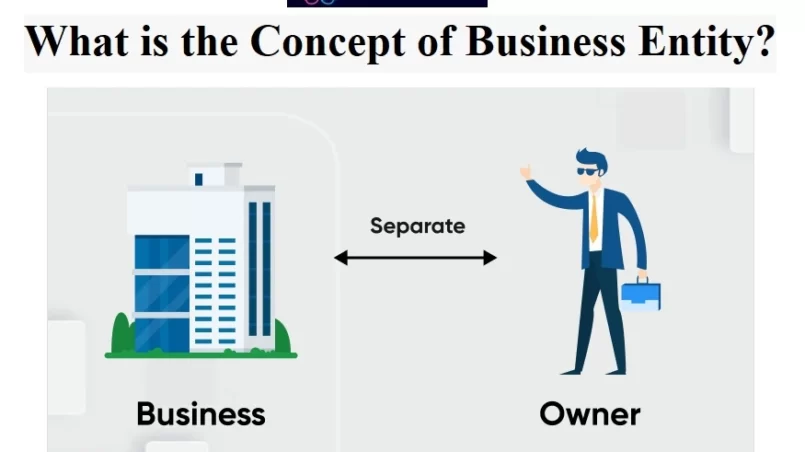
Introduction: Concept of business entity
Concept of business entity is fundamental principle of accounting. Business entity concept assumes that for accounting purposes the business enterprise and its owners are two separated independent entities. Thus, the business and personal transactions of its owners are separated. The implementation of this concept is the initial stage that must be done in an effort to apply good accounting by a business in order to develop. Implementation of Concept of business entity in large companies must have been running, but in companies with small scale the separation of finance owners with financial business is often not applied.
What is the Concept of Business Entity?

- Basically a business entity or company regarded as an entity that is separated from the owners and should be treated separately. The company assets owned by the company cannot be mixed with the owner’s assets. This concept is called the Business Entity Concept.
- Business Entity Concept states that a company is regarded as an independent entity or an independent economic entity acting on its own behalf and its position is separate from the owner or any other party investing funds in the enterprise and the economic unity becomes the center of accounting concern or the point of view.
Business Entity Concept Accounting
- Accounting concepts define the assumptions on the basis of which financial statements of a business entity are prepared.
- Concepts are those basic assumptions and condition which form the basis upon which the accountancy has been laid
Business Entity Concept Examples
For example, when the owner invests money in the business, it is recorded as liability of the business to the owner. Similarly, when the owner takes away from the business cash/goods for his/her personal use, it is not treated as business expense.
Business Entity Types:

Common types of business structures and corporations are:
- C corporations,
- Limited liability companies (LLC),
- Partnerships,
- S corporations, and
- Sole proprietorships.
C Corporations
- Independent legal and tax structures separate from their owners.
- Help separate your personal assets from your business debts.
- No limit to the number of shareholders.
- Taxed on corporate profits and shareholder dividends.
- Must hold annual meetings and record meeting minutes.
S Corporations
- Independent legal and tax structures separate from their owners.
- Help separate your personal assets from your business debts.
- Owners report their share of profit and loss in the company on their personal tax returns.
- Limits on number of shareholders, who must be U.S. citizens or residents.
- Must hold annual meetings and also record meeting minutes.
Limited Liability Companies (LLCs)
- Independent legal structures separate from their owners.
- Help separate your personal assets from your business debts.
- Taxed similarly to a sole proprietorship (if one owner) or a partnership (if multiple owners).
- No limit to the number of owners.
- Not required to hold annual meetings or record minutes.
- Governed by operating agreements.
Partnerships
- Partners remain personally liable for lawsuits filed against the business.
- Usually no state filing required to form a partnership.
- Easy to form and operate.
- Owners report their share of profit and loss in the company on their personal tax returns.
Sole Proprietorships
- Owner remains personally liable for lawsuits filed against the business.
- No state filing required to form a sole proprietorship.
- Easy to form and also to operate.
- Owner reports business profit and loss on their personal tax return.
LIKE WHAT YOU’RE READING?
CHECK OUT SOME OF OUR OTHER GREAT CONTENT HERE:
- DEFINITION FOR ETHICS IN BUSINESS
- BEST STRATEGY FOR A BUSINESS TO BE SUCCESSFUL
- OBJECTIVE OF THE BUSINESS – EXPLAINED
- WHAT IS A BUSINESS MANAGEMENT?
- EFFECTIVE BRANDING METHODS
- UNDERSTANDING CONSUMER BEHAVIOR
- HOW TO INCREASE SALES?
- WHAT ARE THE ETHICS OF BUSINESS?
- ROLE OF SOCIAL RESPONSIBILITIES IN BUSINESS




4 Comments